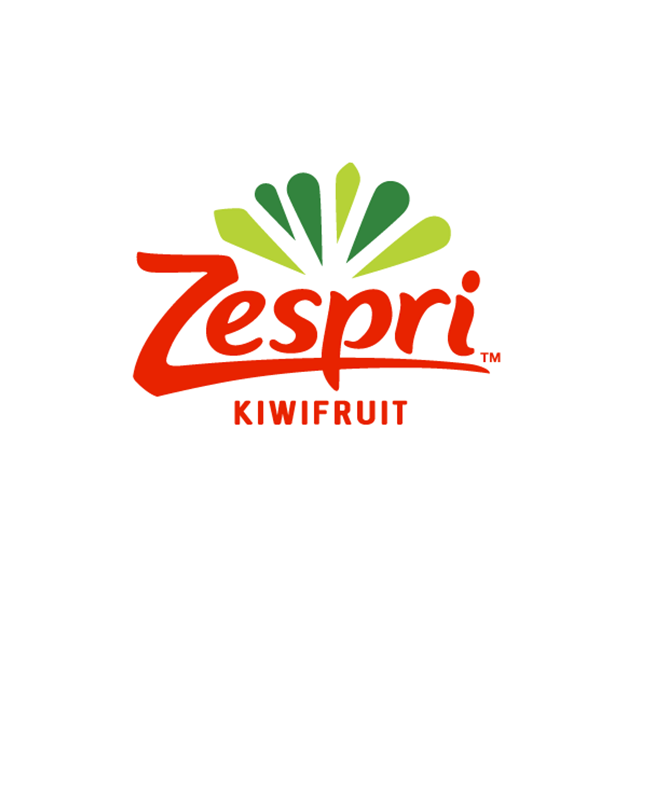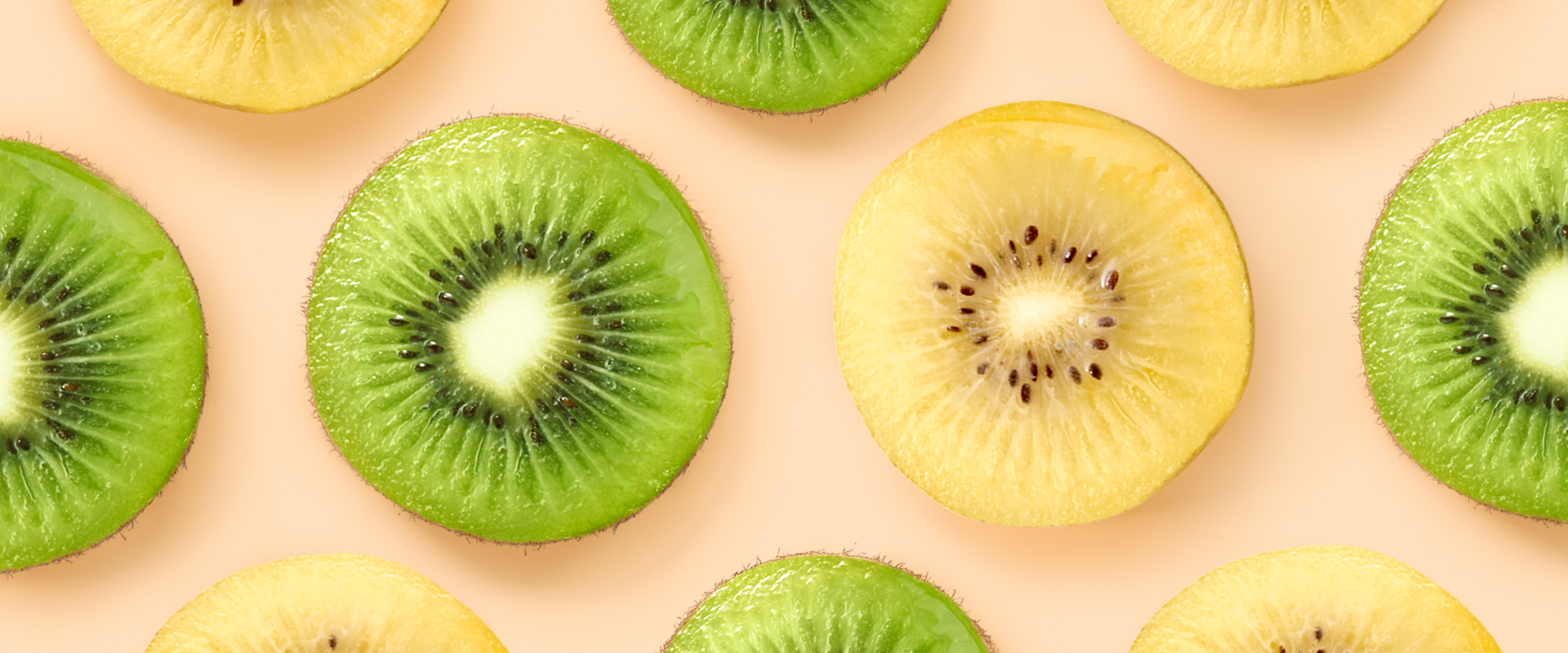3 ways to satisfy your sweet tooth with Zespri SunGold kiwifruit
-
Zespri SunGold kiwifruit
-
Vitamin C
-
Zespri Green kiwifruit
Are you one of those people who always leaves room for dessert? Or believes that it doesn’t matter if they’re full from the main course, because there’s a separate stomach for the sweet things? If so, keep reading! Not only will you discover fresh and exciting ways to include Zespri SunGold kiwifruit in your end of meal treats, but we also think you’ll be impressed by how nutritious cleverly prepared desserts can really be…
1. Refreshing sweet with a tropical touch
If you’ve never tried this kiwifruit before, then you’re in for quite a surprise. From the very first bite you’ll realise there is something special and unique about their flavour – some people describe it as refreshingly sweet with a tropical touch. In our opinion, that makes this fruit the perfect finish to any lunch or dinner.
2. Rich in nutrients like vitamin C
Did you know?1
That’s because it is one of the most highly concentrated sources of vitamin C amongst all commonly eaten fruits, with more than 161 mg of this defence-strengthening nutrient per 100 g.
3. Less calories than other desserts
Even those of us with a sweet tooth know that too much sugar is not beneficial to our health. The good news is that Zespri SunGold kiwifruit are a great replacement: they’ll add the sweetness that you crave, with less of the calories that you don’t. What’s more, their smooth texture makes them ideal to crush or puree. Spoon them onto crêpes, parfaits, tarts and pastries for a colourful alternative to creams and custards.
Ready to make a delicious dessert that’s bursting with nutrients? Then take a look at this dessert for Zespri SunGold kiwifruit. Alongside the star ingredient (that’s the fruit in case you’ve forgotten!), we’ve added bananas, chocolate and walnuts to create an indulgent treat that we’re sure you’ll find room for…
Sources
- USDA National Nutrient Database for Standard Reference, Release 28 (2015). Available from: www.ars.usda.gov/ba/bhnrc/ndl (accessed 8 December 2016)






